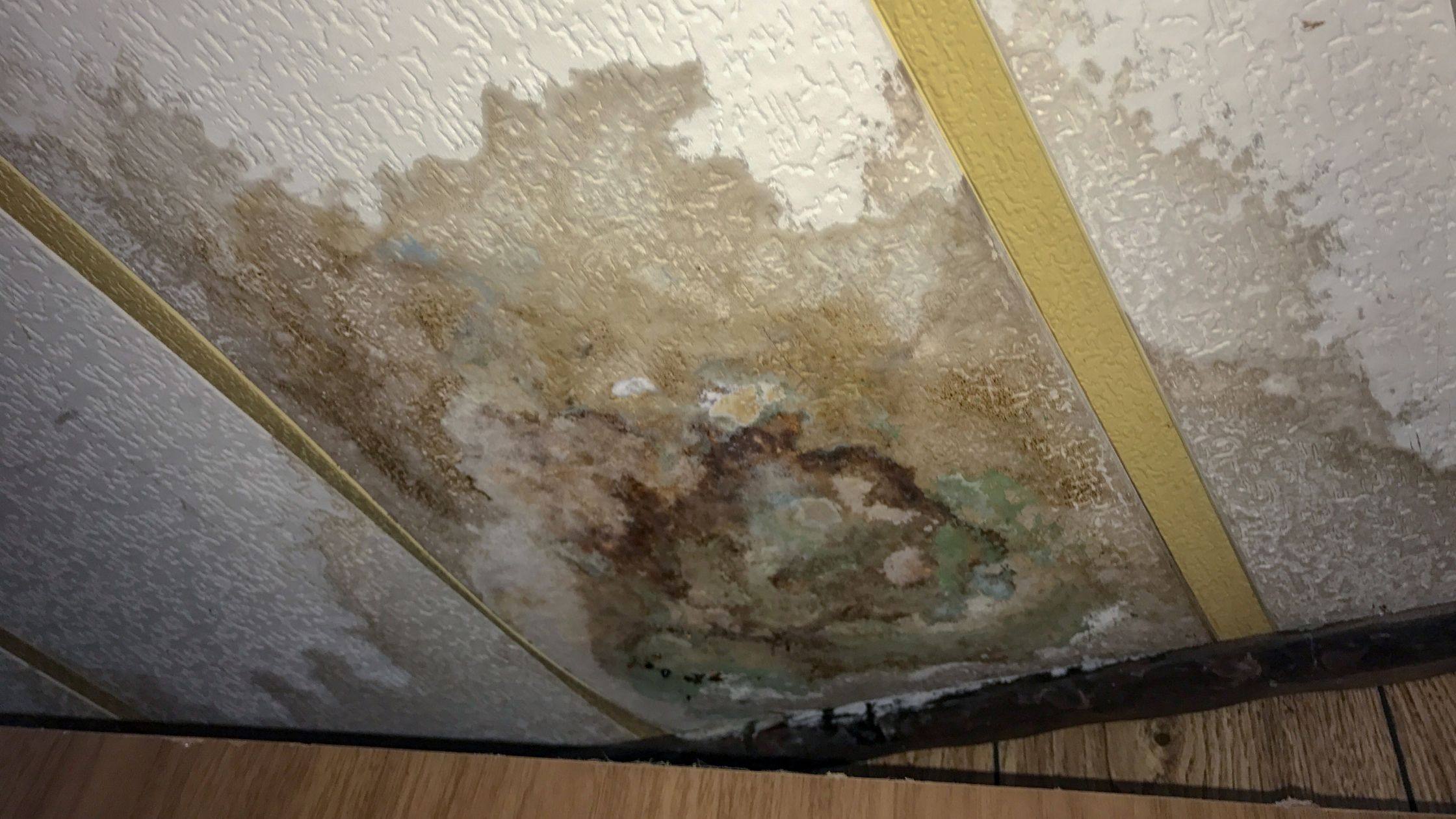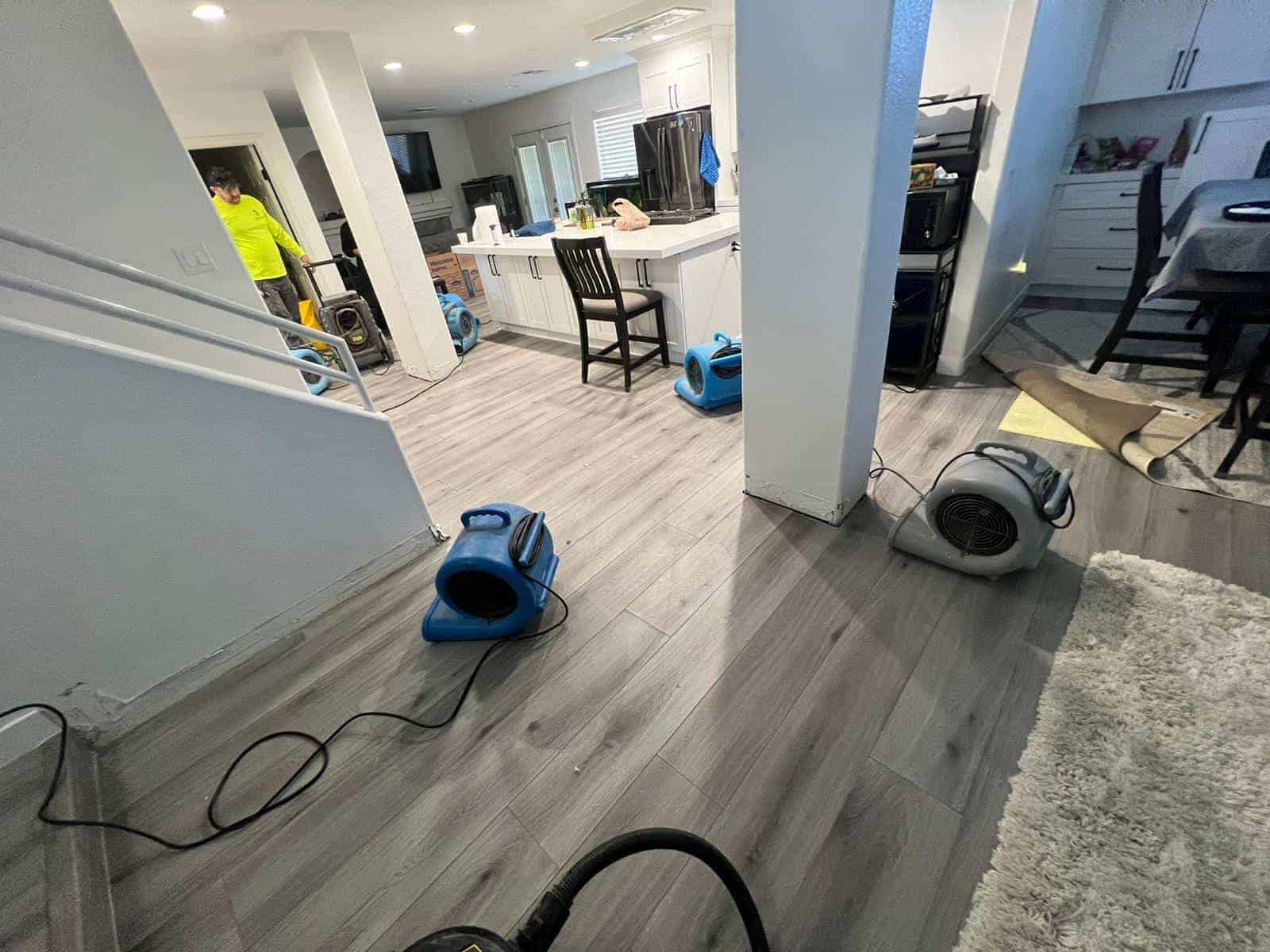Comprehensive Damage Restoration Services for All Types of Water Damage
Comprehensive Damage Restoration Services for All Types of Water Damage
Blog Article
The Refine of Water Damages Cleaning: Guaranteeing Your Home Is Recovered Successfully
Water damages can be a complicated obstacle for property owners, requiring a careful and structured cleaning procedure to restore security and performance. A comprehensive assessment is essential to identify the degree of the damages and establish the ideal remediation procedures. Following this, effective water removal methods play a crucial role in minimizing more harm. Nonetheless, the nuances of drying out, disinfecting, and ultimate repair are similarly important and frequently neglected. Comprehending these phases can make a considerable distinction in the end result of your home's remediation, motivating a closer consider what each step entails.
Examining the Damages
Upon finding water damage, the very first step is to completely evaluate the level of the impact. This initial evaluation is crucial, as it assists identify the essential actions for efficient cleaning and restoration. Begin by inspecting the influenced areas, consisting of walls, ceilings, floorings, and personal valuables, to recognize the resource of the water breach, whether from flooding, leaks, or condensation.
Documenting the damage is important for both insurance coverage claims and planning remediation efforts - damage restoration services. Use photographs and written notes to catch the extent of the damages, noting any affected architectural components and products. Pay special attention to locations that may not be right away noticeable, such as behind walls and under carpets, as concealed wetness can cause additional complications, including mold growth
Additionally, examine the timeline of the water direct exposure. The longer the products continue to be wet, the higher the possibility for damages. Understanding the duration of direct exposure will inform the seriousness of removal efforts. Inevitably, an extensive evaluation lays the groundwork for an effective water damages clean-up process, making sure that all impacted locations are attended to efficiently and extensively.
Water Removal Techniques

Experts usually utilize submersible pumps for larger quantities of water, which can promptly alleviate flooding in basements or other influenced locations. For smaller sized quantities, wet/dry vacuum cleaners are often made use of to remove recurring dampness from carpetings and difficult surface areas. In addition, making use of mobile extractors enables targeted removal in restricted rooms or areas with fragile products.
In instances of contaminated water, such as sewage or floodwater, progressed extraction strategies may entail using biohazard equipment to guarantee security and compliance with health policies. High-powered removal tools are critical in decreasing water retention in structural products, which can bring about mold and mildew growth and structural damage otherwise attended to quickly.
Inevitably, the performance of water extraction strategies plays an essential function in the general success of the water damage cleanup process, preparing for subsequent reconstruction initiatives.
Drying and Dehumidification
As soon as standing water has actually been successfully removed, the following essential stage in the water damage clean-up procedure is drying and dehumidification. This action is important to prevent additional damage and mold and mildew growth, which can occur within 24 to 2 days in damp atmospheres.
To achieve efficient drying out, specialized devices such as industrial-grade air moving companies and dehumidifiers is used. Air movers circulate air across damp surfaces, improving dissipation rates, while dehumidifiers lower moisture levels in the air, promoting a helpful setting for drying out. The combination of these tools ensures that moisture is drawn out from walls, floorings, and furnishings, enabling them to dry extensively.
It is vital to keep track of the drying process carefully. Professionals usually use moisture meters to analyze the wetness content in different materials, ensuring that all influenced areas reach appropriate dryness degrees. This meticulous strategy assists to protect against hidden wetness pockets that can lead to architectural damages or undesirable mold growth.

Cleaning and Sanitizing
After the drying out and dehumidification phase is complete, the following crucial action in water damages cleaning is cleaning up and disinfecting the affected areas. This procedure is critical to avoid the development of mold and mildew, microorganisms, and other pathogens that thrive in damp atmospheres.
The cleansing stage generally involves eliminating any debris, dirt, and contaminants from surface areas utilizing specialized cleansing representatives. For hard surfaces, a combination of soap and water or business cleaning products is often used. Soft products, such as furniture and carpets, might call for extra substantial cleaning techniques, consisting of heavy steam cleansing or deep removal techniques, to ensure thorough hygiene.

Sterilizing adheres to cleaning, utilizing EPA-approved anti-bacterials to remove damaging bacteria. This step is essential, particularly in areas that might have entered into call with floodwaters or sewage, as these resources can present significant health threats.
Furthermore, it is essential to address any kind of remaining smells, which may call for the usage of smell neutralizers or advanced strategies like ozone therapy. Appropriate cleansing and sterilizing not just bring back the security and hygiene of your home but likewise lay the foundation for effective reconstruction and repair services in succeeding phases of the water damages cleaning process.
Repair and Repair Work

Once the assessment is complete, remediation initiatives can start. This usually entails fixing or changing broken products, ensuring that all work follows local building regulations and standards. For instance, if drywall best site has been compromised, it will certainly need to be removed and changed with brand-new product. Additionally, floor covering might need comparable interest, relying on the degree of water direct exposure.
It is critical to engage experienced reconstruction specialists throughout this procedure, as they have the proficiency to manage complicated repair services successfully. Moreover, they can assist reduce potential future concerns, such as mold and mildew development or architectural instability, thus making sure a habitable and safe living setting. Inevitably, effective restoration and fixings bring back the home's integrity and improve its general moved here value.
Final Thought
In final thought, the process of water damages cleaning is essential for recovering a home to its pre-damage problem. Each phase, from analyzing the damage to implementing efficient water removal strategies, complied with by extensive drying, sterilizing, and essential repair services, plays a vital role in guaranteeing security and conformity with building requirements. Effective implementation of these actions not only reduces instant damage but additionally improves the long-lasting stability and value of the home.
Water damages can be a complicated difficulty for property owners, requiring a careful and organized cleanup procedure to restore safety and functionality. Inevitably, a comprehensive evaluation lays the groundwork for a successful water damages clean-up process, guaranteeing that all influenced locations are addressed properly and extensively.
Effective water extraction techniques are important in alleviating damages and stopping additional issues complying with a water invasion occasion.In conclusion, the procedure of water damages cleaning is essential for recovering a home to its pre-damage problem. Each stage, from assessing the damage to applying efficient water extraction strategies, followed by thorough drying, sanitizing, and essential repairs, plays a crucial duty in guaranteeing safety and compliance with building requirements.
Report this page